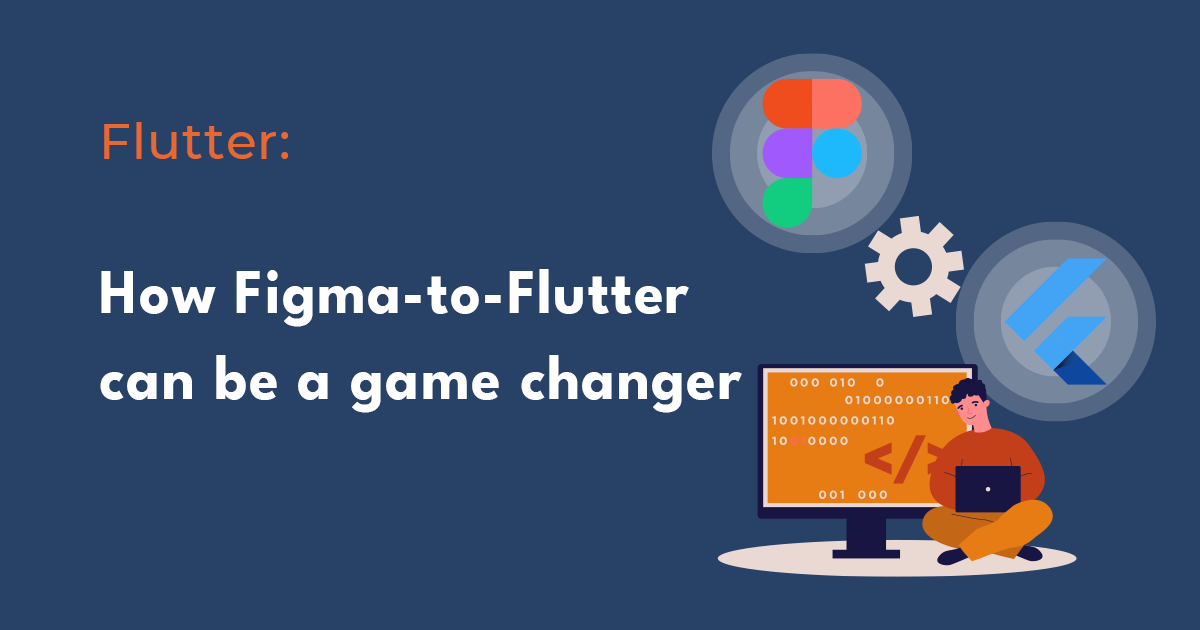Figma has made it simple for designers and developers to work together, but every project demands close collaboration. The designers and developers share different roles in the workplace, so collaboration is not always simple. In fact, the most common source of trouble is the interaction between the designer and the developer when a project moves from the design phase to the implementation phase. Such a problem is prominent, especially in the product development stage.
In this article, we will guide you through how to do Figma developer handoff seamlessly with Figma and FUNCTION12 - a Figma-to-code tool that makes the whole process easier for both designers and developers.
How to work seamlessly with Figma?
In order to make the developer handoff process seamless with minimum breakpoints, it is recommended to do the actions listed below.
1. Solid design system
Working with a well-established design system may help designers and developers collaborate more effectively, as such a practice creates a solid structure and includes visual examples at each phase of design to make sure developers see how a feature works.
This can be done in Figma by making:
- Components: You may refer to the video below to learn how to create and manage components in Figma
- Text, color, effects, and grid styles: Likewise, you can learn how to create and manage text, color, effects, and grid styles in Figma
2. Keep Files structured and organized
When designers provide design files that contain dozens of in-progress frames, iterations, components, and so on, it is a good idea to make it clear which parts of the files are ready to use and which are still being worked on.
One of our suggestions to those who are facing the issue above would be to use pages for dividing the in-progress and ready-to-use matters.
Design files can include multiple pages, and each page can serve as a canvas for positioning frames, groups, and layers. In addition to this structure, pages provide a layer of organization. Some of the pages’ potential applications include the following:
- Organize the files and your project in different ways. For example, you can use them to stage the design process in multiple stages or to gather feedback on designs that are ready for development.
- Identify milestones in a project, including a static page for evaluating design concepts and suggestions.
- Dedicate pages to your principal components and style definitions.
- Separate the various user flows. Users can create multiple prototypes on a page, but only a single user flow can be previewed at a time.
- Use visual cues to help collaborators identify the right work. For example, "spacer" pages or emojis to communicate purpose and status.
3. Productive communication
Handoffs between teams must be well-coordinated and open to discussion to finish a project successfully. Listening, hearing, and comprehending each other must be accomplished so that handoffs go smoothly.
Because you can catch certain problems early on by discussing the handoff in advance with your team, both designers and developers won't have to redo their corrections at the last minute. Face-to-face meetings, brainstorming sessions, and feedback sessions should all be practiced.
One of the practical actions to be taken is to create open communication channels and make them available to all team members. Some of the solutions we use are listed as follows:
4. Simplify the handoff process
The design-to-development handoff can become quite complicated and technical. When designers hand over their files to developers, there is usually a lot of back and forth; if the design file is changed, developers must be notified and the changes must be pointed out. To make the process simpler in Figma, you can do the following:
- Set a clear and transparent Standard Operation Procedure (SOP)Developers will be able to find information in your visual assets without having to ask each time if they follow a clear procedure. As a result, collaboration will be enhanced and time will be saved.
- Use FUNCTION12 to boost the development speedFUNCTION12 is a Figma-to-code conversion SaaS that can boost developers’ productivity. There are a number of Figma-to-code solutions available on the market. But most of them are not capable of generating development-ready and clean code.
In addition, its UI/UX is designed to minimize the tasks for both designers and developers. Designers just need to share the Figma link, and developers simply need to import this link into FUNCTION12 to create a project. You may refer to the following content to see why it is recommended to use FUNCTION12.
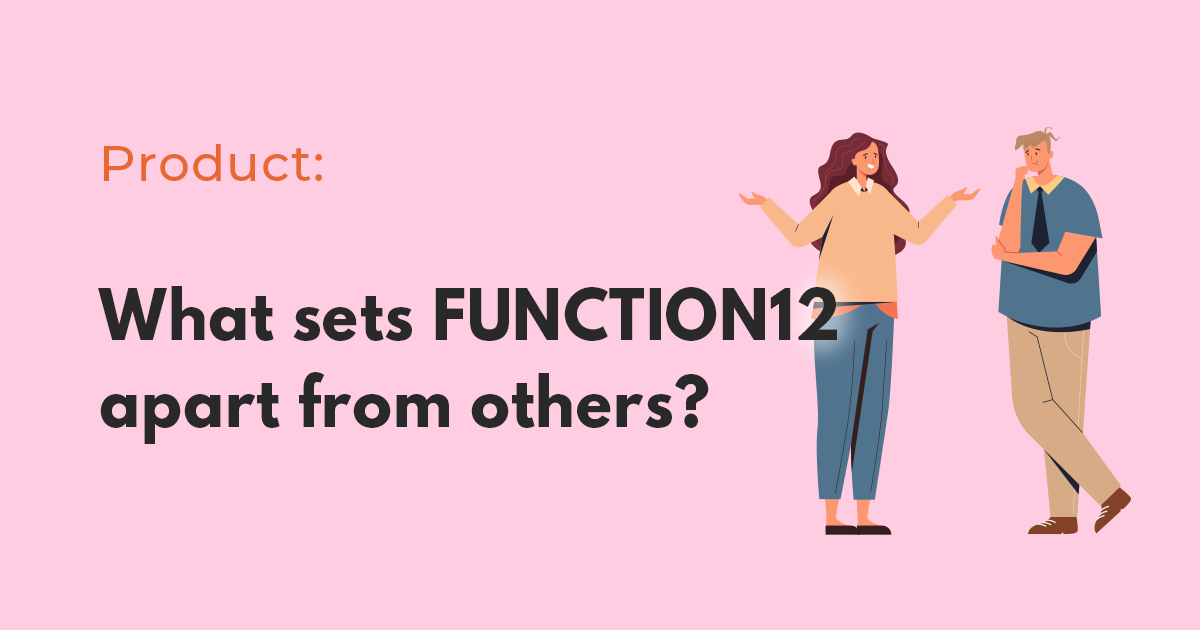
5. Are these all we got?
FUNCTION12’s goal is to be an all-in-one solution like ‘Figma’ for front-end development. There is a long way to go, but we have planned and are developing additional features to be added to our product. Some of them are:
- Component/widget Detection By detecting components and widgets from UI design, FUNCTION12 will minimize the number of linear codes, and generate reusable, scalable, clean code.
- Data binding The generated code will feature codes specifically for the data variables.
- UX Debugger The feature to debug UX will be added, and it will be possible to test the UI by inputting random data values into the UI design.
- Collaboration In the near future, FUNCTION12 users can invite team members and comment on the project. It will be possible to share the project link with others as well.
Final Thoughts
You may try using other products like prototyping tools (eg. Protopie, Zeplin) or Figma-to-code tools (eg. Anima App, Locofy) to make the whole design handoff process smooth, but these tools add an extra burden to both designers and developers most of the time. FUNCTION12 can lessen the burden for both parties, and we hope this article was helpful in giving you ideas to improve your way of doing design handoff.
If you have any ideas on how to improve or create new collaboration methods with Figma developer handoff, please share your thoughts in the comment section below. Thank you for reading!
Related Posts
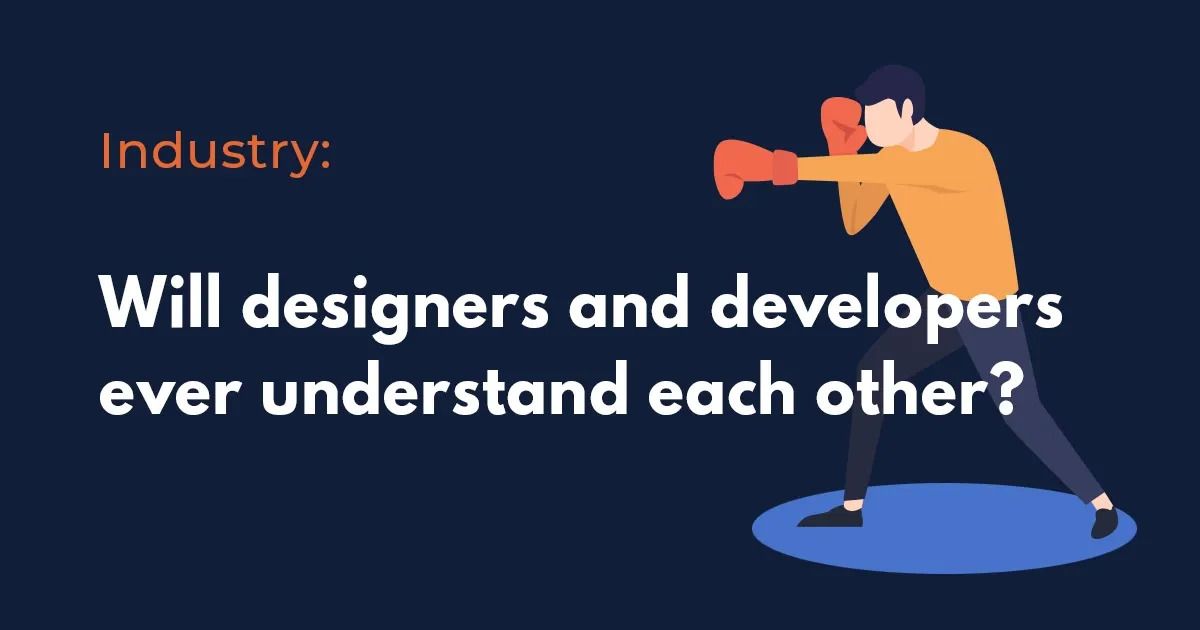
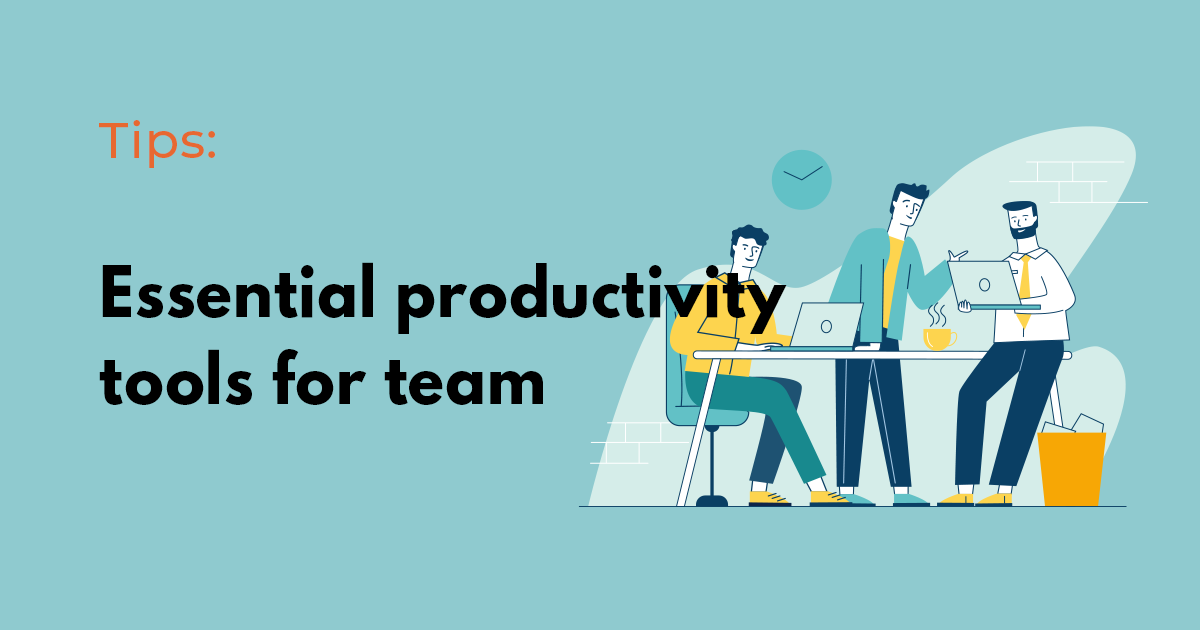

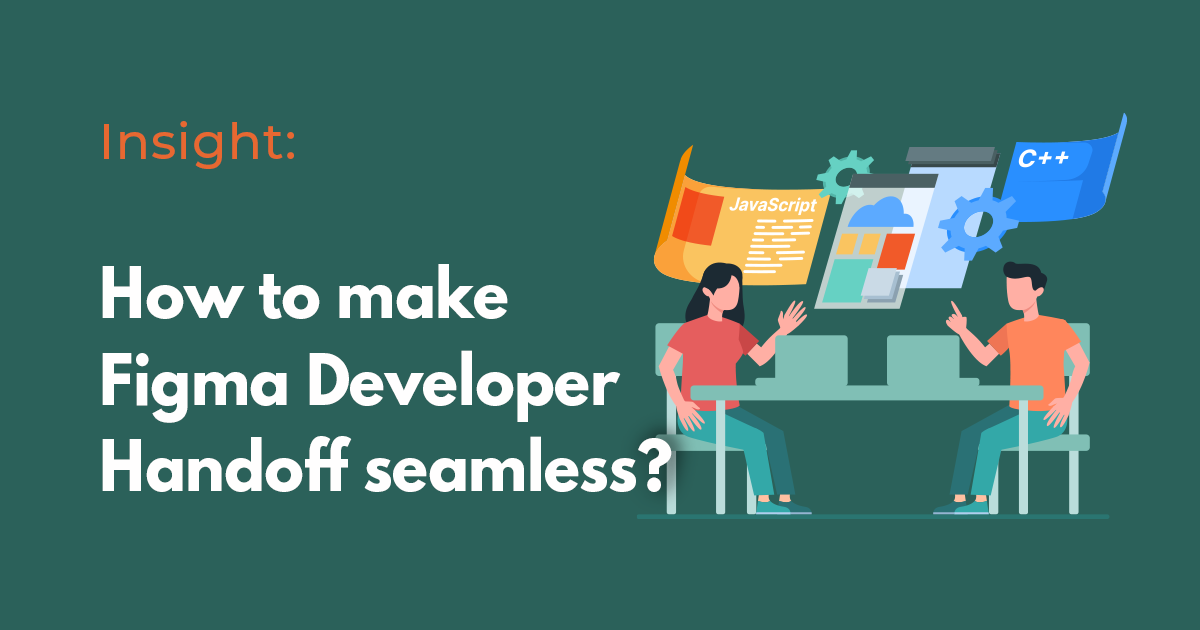



![[1] What is frontend architecture?](/content/images/2022/12/24_insight.png)
